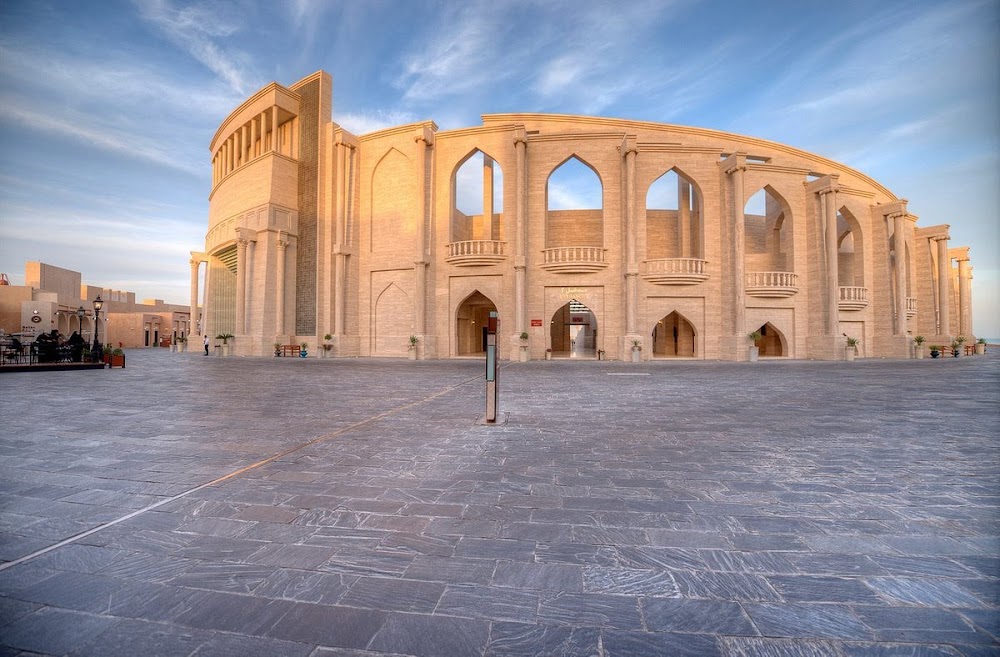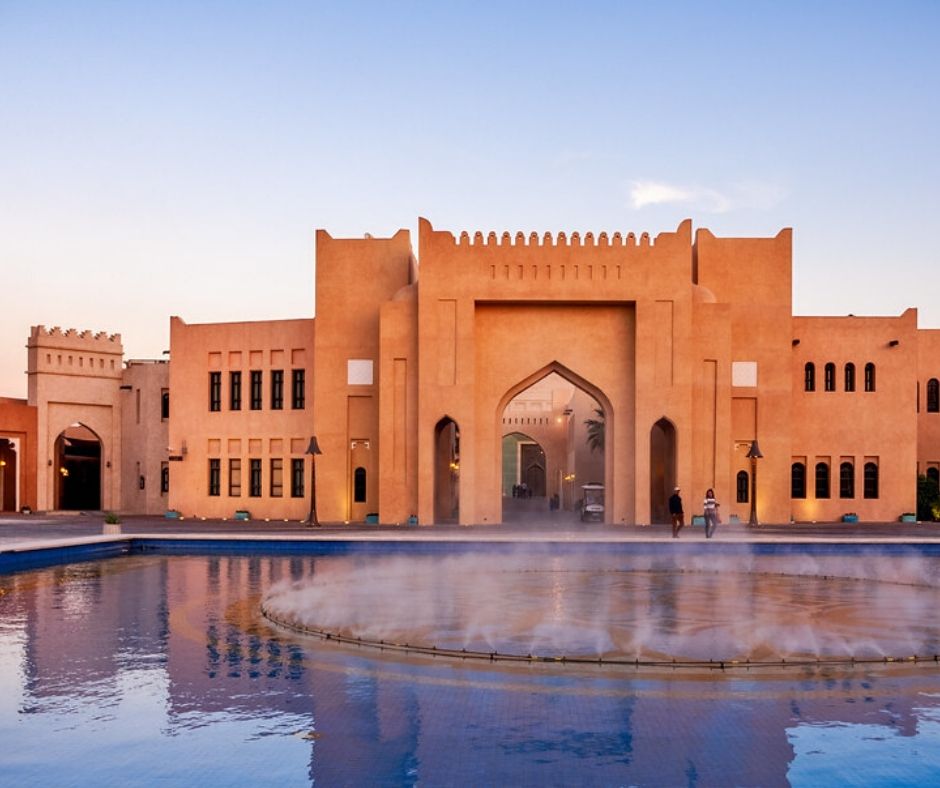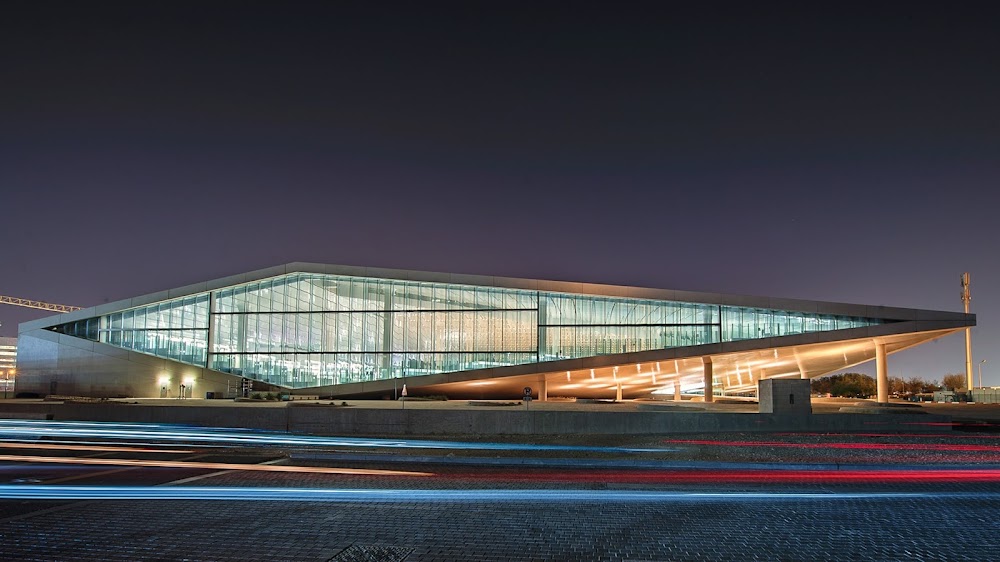Katara Cultural Village (القرية الثقافية كتارا)
Overview
Katara Cultural Village, nestled in the vibrant city of Doha, Qatar, is a stunning hub of art, culture, and heritage. This remarkable village exemplifies Qatar's dedication to preserving and promoting its cultural identity, seamlessly blending traditional architecture with cutting-edge facilities.
Inaugurated in 2010, Katara is strategically situated along the eastern coast between West Bay and the Pearl. The name "Katara" is derived from an ancient map designation of the Qatar Peninsula, reflecting the region's historical significance. Spearheaded by the Qatar government, the project embodies their vision of creating a space where diverse cultures can meet, thrive, and exchange ideas.
Covering over 1 million square meters, Katara is one of the largest cultural complexes in the country. At the heart of the village lies the Katara Amphitheatre, a breathtaking fusion of classical Greek and Islamic architecture with a seating capacity of 5,000. This venue hosts a myriad of performances, showcasing local talent alongside international stars, and fostering a rich cultural dialogue.
Adjacent to the amphitheater is the Katara Opera House, the proud home of the Qatar Philharmonic Orchestra. Renowned for its intricate architectural design, the opera house harmoniously combines traditional Islamic art with modern acoustics, offering an extraordinary auditory experience that captivates audiences.
Katara is also home to several art galleries, including the Katara Art Center and the QM Gallery. These vibrant spaces regularly feature exhibitions from both Qatari and international artists, providing a platform for artistic expression and dialogue. The village is adorned with murals and sculptures, transforming it into an open-air museum that enchants every visitor.
In addition to its artistic offerings, Katara is committed to education and research. The Katara Art Studios and the 3D Screening Room serve as nurturing environments for talent and innovation. At the studios, workshops and classes are held to help aspiring artists develop their skills, while the screening room presents immersive experiences that blend art and science.
Another architectural highlight within Katara is its mosques. The Katara Mosque, designed by renowned Turkish mosque architect Zeynep Fadıllıoğlu, features stunning blue tiles and beautiful calligraphy, merging traditional motifs with contemporary design. The Golden Mosque, with its striking golden exterior, adds a distinctive charm to the village.
Dining at Katara is a delight, with an array of restaurants and cafes offering both local and international cuisine. Whether you're craving traditional Qatari dishes or global flavors, there's something to satisfy every palate, making your culinary journey as enriching as your cultural one.
Throughout the year, Katara hosts numerous festivals and events, such as the Katara International Hunting and Falcons Exhibition, the Traditional Dhow Festival, and the Ajyal Youth Film Festival. These celebrations honor the richness of Qatari heritage while fostering connections with global traditions and innovations.
For those seeking relaxation, Katara Beach provides a picturesque setting for a variety of water sports and leisurely activities. This inviting beach is a favorite spot for both residents and tourists, offering a perfect escape from the bustling city.
Accessibility and community engagement are fundamental aspects of Katara's design. The village is easily reachable from various parts of Doha and warmly welcomes everyone—from families and students to artists and researchers. With its diverse cultural, educational, and recreational offerings, Katara fosters a sense of community and shared experience for all.
In conclusion, Katara Cultural Village is more than just a destination; it is a living embodiment of Qatar's cultural soul. With its state-of-the-art facilities and commitment to the arts, education, and community engagement, Katara serves as a beacon of cultural exchange and preservation. This dynamic space continues to enrich the lives of those who visit and participate, fulfilling its mission as a crossroads where tradition meets innovation.






